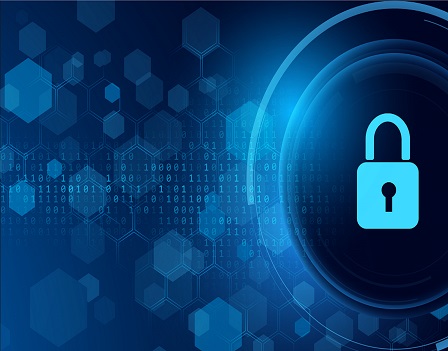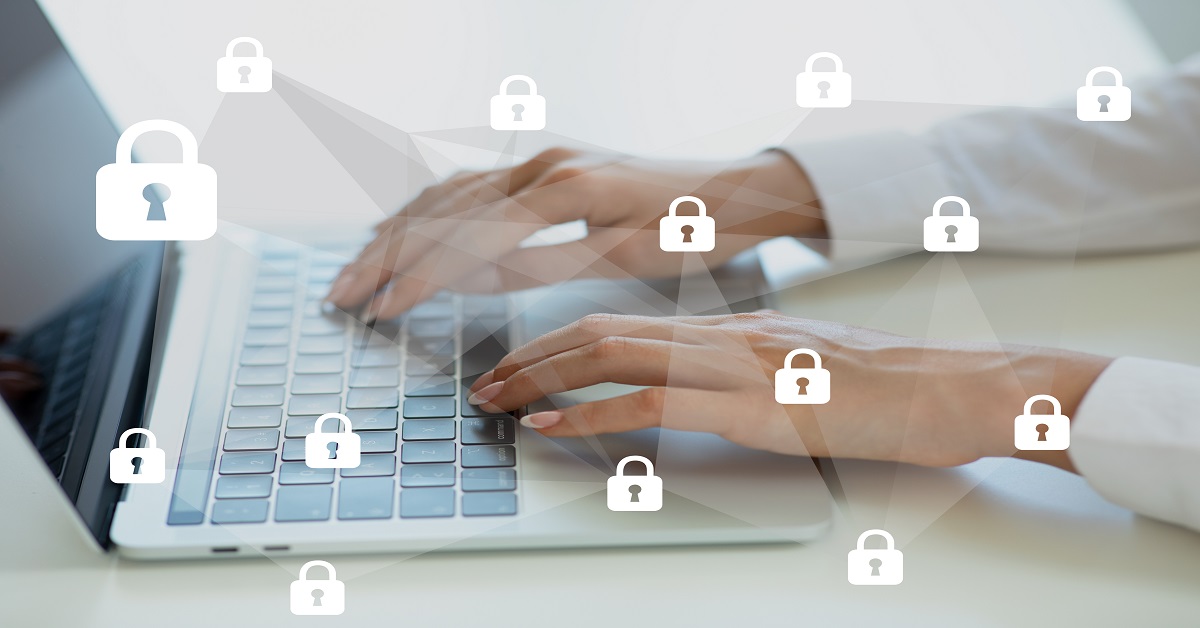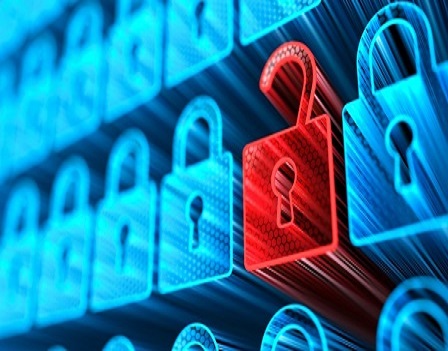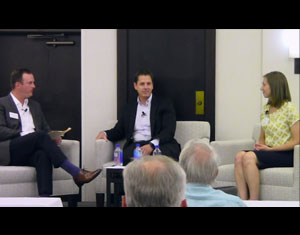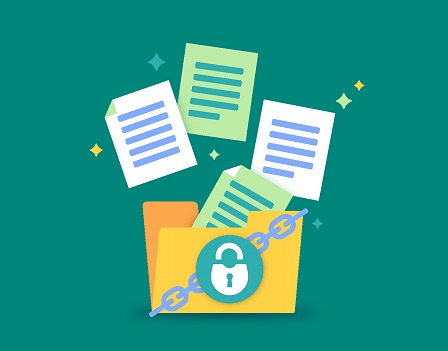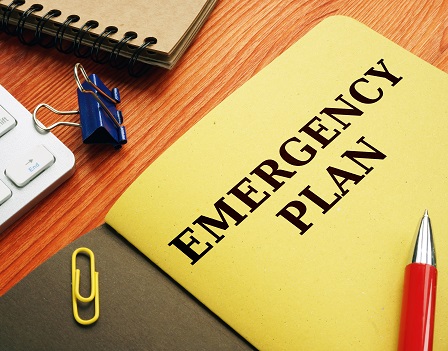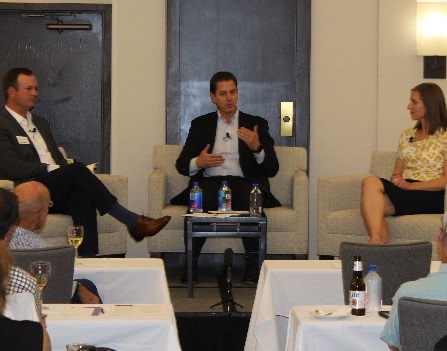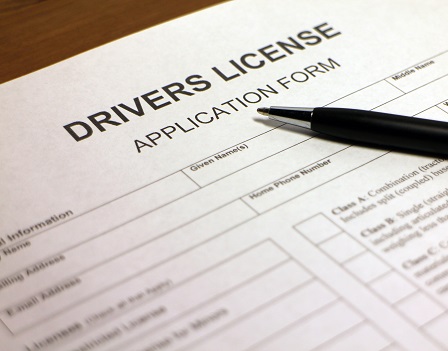Data Security
Protecting Your Personal Information During the Holidays
This article was originally published in 2021; however, the information is still relevant. Thanks to the internet, holiday shopping is more convenient than ever—not just for consumers, but for cybercriminals…
